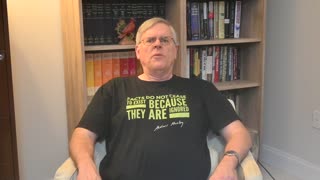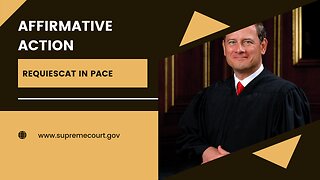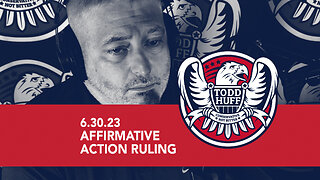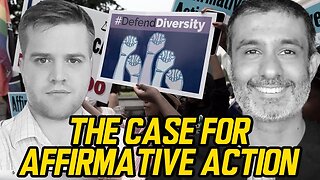Affirmative Action: What is it and how does it work?
The Supreme Court ruled on Thursday that race cannot be a factor in college admissions, effectively ending the use of affirmative action in the United States.
The decision, which was 6-3 along ideological lines, came in the case of Students for Fair Admissions v. Harvard. The case challenged Harvard's admissions policies, which the plaintiffs argued gave preferential treatment to Asian American applicants.
In his majority opinion, Chief Justice John Roberts said that Harvard's admissions policies violated the Equal Protection Clause of the 14th Amendment because they failed to offer "measurable" objectives to justify the use of race. He said the policies involve racial stereotyping and had no specific end point.
The decision is a major victory for opponents of affirmative action, who have argued that it is a form of reverse discrimination. The decision is also likely to have a significant impact on college admissions policies across the country.
Here are some of the reactions to the decision:
Supporters of affirmative action: They expressed disappointment and anger at the decision, saying that it will make it more difficult for underrepresented groups to gain admission to college. They also argued that the decision will harm diversity on college campuses.
Opponents of affirmative action: They celebrated the decision, saying that it is a victory for equality and that it will end the use of racial quotas in college admissions. They also argued that the decision will give more weight to factors such as academic achievement and merit.
The decision is likely to have a significant impact on college admissions policies across the country. It is unclear how colleges and universities will respond to the decision, but it is likely that they will need to find new ways to achieve diversity on their campuses.
#booksreader #explore #trending #explorepage
Demystifying Affirmative Action: Exploring its Purpose and Impact"
"The Evolution of Affirmative Action: From Civil Rights to Modern Society"
"Understanding Affirmative Action: Key Principles and Controversies"
"Affirmative Action Explained: Breaking Down its Goals and Implementation"
"Inclusive Excellence: How Affirmative Action Promotes Diversity and Equality"
"Affirmative Action Success Stories: Inspiring Real-Life Examples"
"The Benefits of Affirmative Action: Advancing Equal Opportunities"
"Challenging Misconceptions: Debunking Myths about Affirmative Action"
"Affirmative Action in Education: Examining Admissions Policies"
"Affirmative Action in the Workplace: Enhancing Workplace Diversity"
"Exploring Affirmative Action Laws: Legal Frameworks and Regulations"
"Affirmative Action: Addressing Historical Injustices for a Better Future"
"Critiquing Affirmative Action: Examining Arguments For and Against"
"The Global Perspective on Affirmative Action: International Approaches"
"Affirmative Action and Equality: Navigating the Intersection of Rights and Representation"
The history of affirmative action in the United States
The pros and cons of affirmative action
Is affirmative action fair?
How does affirmative action affect me?
Affirmative action in college admissions
Affirmative action in the workplace
Affirmative action in government
The future of affirmative action
What you need to know about affirmative action
Affirmative action explained
Affirmative action: A balanced view
Affirmative action: The debate continues
Affirmative action: What you need to know
Affirmative action: A primer
-
 17:02
17:02
Declarations of Truth
1 year agoIf affirmative action ends…
140 -
 13:28
13:28
The Jonathan Kutz Show
10 months agoAffirmative Action Is No More?
9 -
 1:00:00
1:00:00
The Power Hour
11 months ago $0.38 earnedAffirmative Action
26.7K4 -
 2:23
2:23
5280bringittothetable
11 months agoAffirmative action
1 -
 1:55:17
1:55:17
NEWS Politics Social issues Cultural issues And Podcast
11 months agoAffirmative Action Is OVER Will Black People Do For SELF #news
15 -
 29:59
29:59
Declarations of Truth
11 months agoAffirmative action dies – and high time
427 -
 1:36
1:36
DearWoke
10 months agoBlack People On Affirmative Action
5 -
 42:20
42:20
Todd Huff Show
11 months agoAffirmative Action Ruling
112 -
 1:00:38
1:00:38
kushalmehra1981
9 months agoThe Case For Affirmative Action
11 -
 12:44
12:44
Walter Q
11 months agoSaying Goodbye to Affirmative Action
5